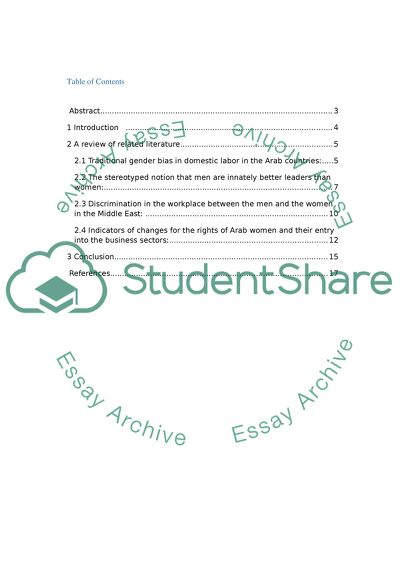Cite this document
(“Female Leaders Stereotyping: A Case Study of the Arab World Research Paper”, n.d.)
Female Leaders Stereotyping: A Case Study of the Arab World Research Paper. Retrieved from https://studentshare.org/gender-sexual-studies/1670580-female-leaders-stereotyping-a-case-study-of-the-arab-world
Female Leaders Stereotyping: A Case Study of the Arab World Research Paper. Retrieved from https://studentshare.org/gender-sexual-studies/1670580-female-leaders-stereotyping-a-case-study-of-the-arab-world
(Female Leaders Stereotyping: A Case Study of the Arab World Research Paper)
Female Leaders Stereotyping: A Case Study of the Arab World Research Paper. https://studentshare.org/gender-sexual-studies/1670580-female-leaders-stereotyping-a-case-study-of-the-arab-world.
Female Leaders Stereotyping: A Case Study of the Arab World Research Paper. https://studentshare.org/gender-sexual-studies/1670580-female-leaders-stereotyping-a-case-study-of-the-arab-world.
“Female Leaders Stereotyping: A Case Study of the Arab World Research Paper”, n.d. https://studentshare.org/gender-sexual-studies/1670580-female-leaders-stereotyping-a-case-study-of-the-arab-world.


